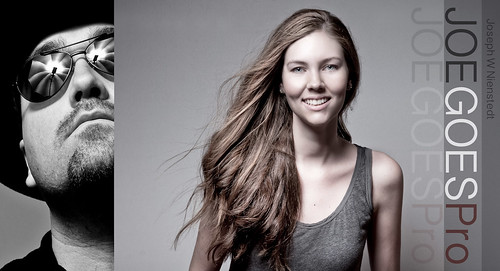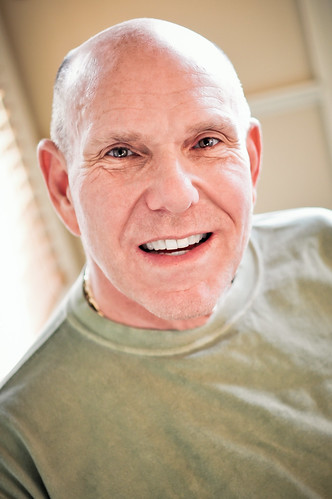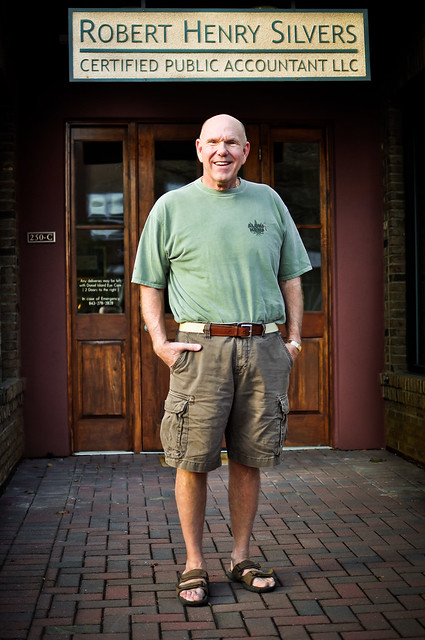Introducing JOEGOESPro.com

About a week ago I started to write my business plan. I got stuck on my mission statement. I need a mission statement. It’s like proposing to marry someone – it seems so permanent. That’s when it occurred to me, if the entrepreneurial world has drastically changed so much, why do I need to do a traditional business plan?
On the way home from the grocery store a few days later an idea came to me. Why not create a new kind of business plan? Why not ask for involvement of my peers, while giving advice about what I already know from my other business? An interactive business plan that changes with the business! I thought of a domain name for my new idea – I hurried home and immediately looked up joegoespro.com to see if it was registered and oh, the photo gods were looking out for me that evening.
So, I kicked off the site this weekend with 3 articles covering the psychology of becoming a professional photographer in today’s climate. These articles are based on not only my experience as an entrepreneur, but from the teachings of current top creatives and business people, books I’ve read on the subject, and my own observations about what’s going on in the artistic community.
The first article talks about branding yourself, the importance of taking care of your health, and defining your style in all aspects of your life. The second article tackles the fear of success and how to identify and work around it. Finally, the third article is about finding your place in the saturated world of photography.
To help kick off this venture, I’m giving away a copy of one of my favorite photographer’s latest books. It’s “Photographically Speaking: A Deeper Look at Creating Stronger Images” by David duChemin. All you have to do is go over to JOEGOESPro.com and comment on one of the first 3 articles linked above. Say something encouraging, something insightful, or just say hi. Make sure to use a real email address when you comment so I can contact you! I’ll pick a winner in two weeks to a random commenter. The only other rule is that you have to live in the United States (sorry, but I don’t know enough about international contest laws).

